How To Be A Safer Driver
 Driving is one of the riskiest things you do every day. Many careless actions, such as speeding, giving in to distractions, and fatigued driving, can all significantly increase your risk of crashing. Driving under the influence of drugs or alcohol is especially dangerous. Fortunately, there are simple steps that you can take to keep yourself and others safe.
Driving is one of the riskiest things you do every day. Many careless actions, such as speeding, giving in to distractions, and fatigued driving, can all significantly increase your risk of crashing. Driving under the influence of drugs or alcohol is especially dangerous. Fortunately, there are simple steps that you can take to keep yourself and others safe.
Five Things You Can Do To Be A Safer Driver
- Concentrate on the Road: You may have been driving for years or even decades and feel like you can do it without much thought. However, we cannot stress the importance of always keeping your eyes on the road and your hands on the wheel. According to the National Highway Transportation Safety Administration, in a recent year alone, distracted driving killed 3,142 victims. Therefore, avoiding all distractions, like eating or drinking, scrolling through social media, talking on your cell phone, and applying makeup behind the wheel, is crucial.
 Buffalo Personal Injury Lawyer News
Buffalo Personal Injury Lawyer News


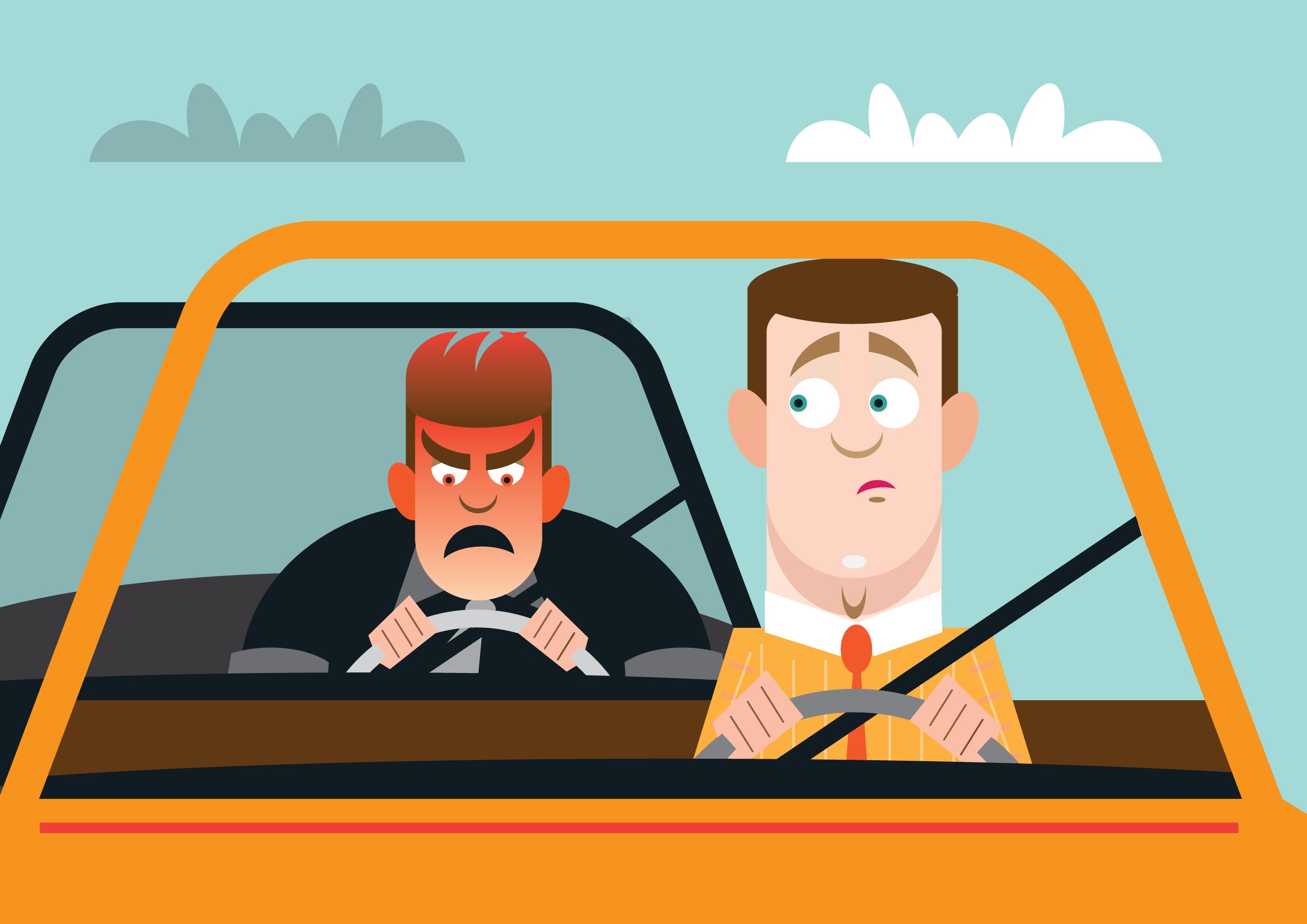 Road rage refers to a driver’s intense anger, typically sparked by another’s provoking behavior and manifested through aggressive or violent actions. In recent years, road rage incidents have hit record highs throughout the United States. According to the American Automobile Association (AAA), experiencing aggressive driving has become all too common, with approximately 80 percent of motorists reporting at least one incident within the past month.
Road rage refers to a driver’s intense anger, typically sparked by another’s provoking behavior and manifested through aggressive or violent actions. In recent years, road rage incidents have hit record highs throughout the United States. According to the American Automobile Association (AAA), experiencing aggressive driving has become all too common, with approximately 80 percent of motorists reporting at least one incident within the past month.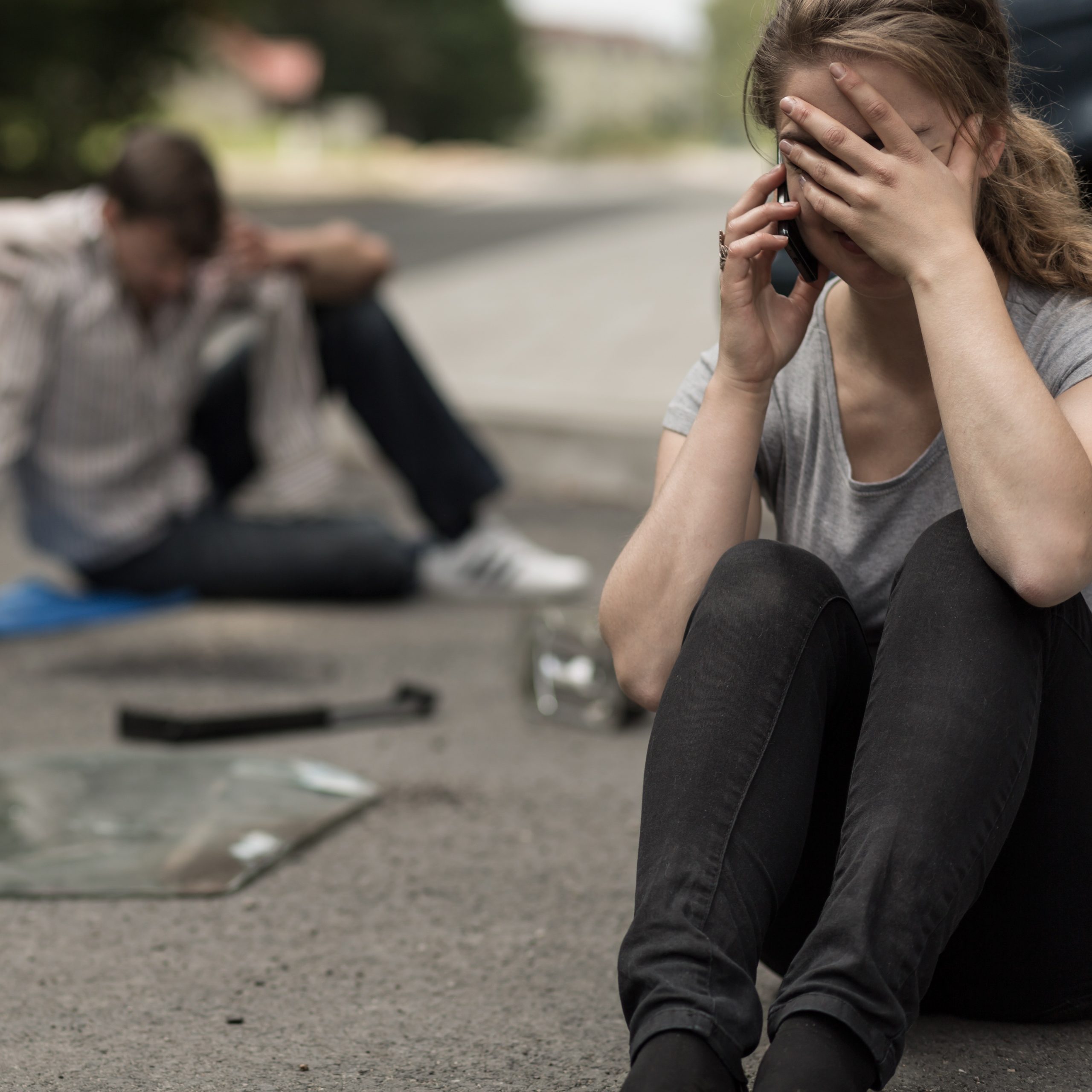 Victims of car accidents may be forced to deal with painful lacerations and bruises or even more severe injuries, like broken bones and traumatic brain injury (TBI). However, it is essential to remember that collision-related injuries are not always physical. It is common to experience various emotions, such as anxiety, anger, fear, and depression. For some victims, these feelings can persist long after their bodily injuries have healed.
Victims of car accidents may be forced to deal with painful lacerations and bruises or even more severe injuries, like broken bones and traumatic brain injury (TBI). However, it is essential to remember that collision-related injuries are not always physical. It is common to experience various emotions, such as anxiety, anger, fear, and depression. For some victims, these feelings can persist long after their bodily injuries have healed. 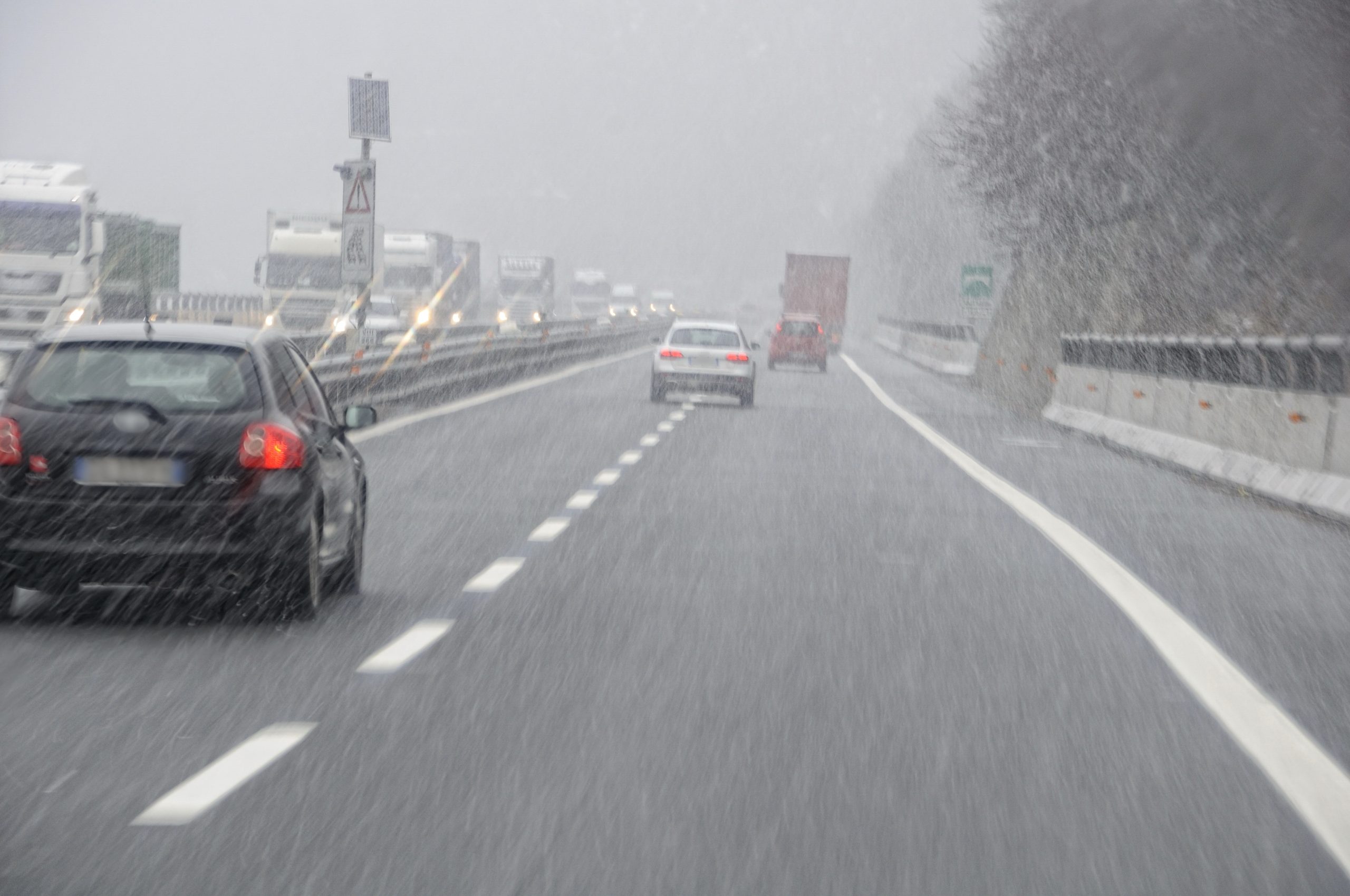 While car crashes can happen just about any time, the risk of being involved in a collision significantly increases in bad weather. In fact, bad weather conditions are notorious for causing devastating car accidents throughout Western New York. Heavy rain, intense snowfall, poor visibility, and slick roads can all easily cause you to lose control of your vehicle. Driving in poor weather conditions is even more dangerous when drivers fail to take proper safety precautions to prevent unnecessary accidents.
While car crashes can happen just about any time, the risk of being involved in a collision significantly increases in bad weather. In fact, bad weather conditions are notorious for causing devastating car accidents throughout Western New York. Heavy rain, intense snowfall, poor visibility, and slick roads can all easily cause you to lose control of your vehicle. Driving in poor weather conditions is even more dangerous when drivers fail to take proper safety precautions to prevent unnecessary accidents. 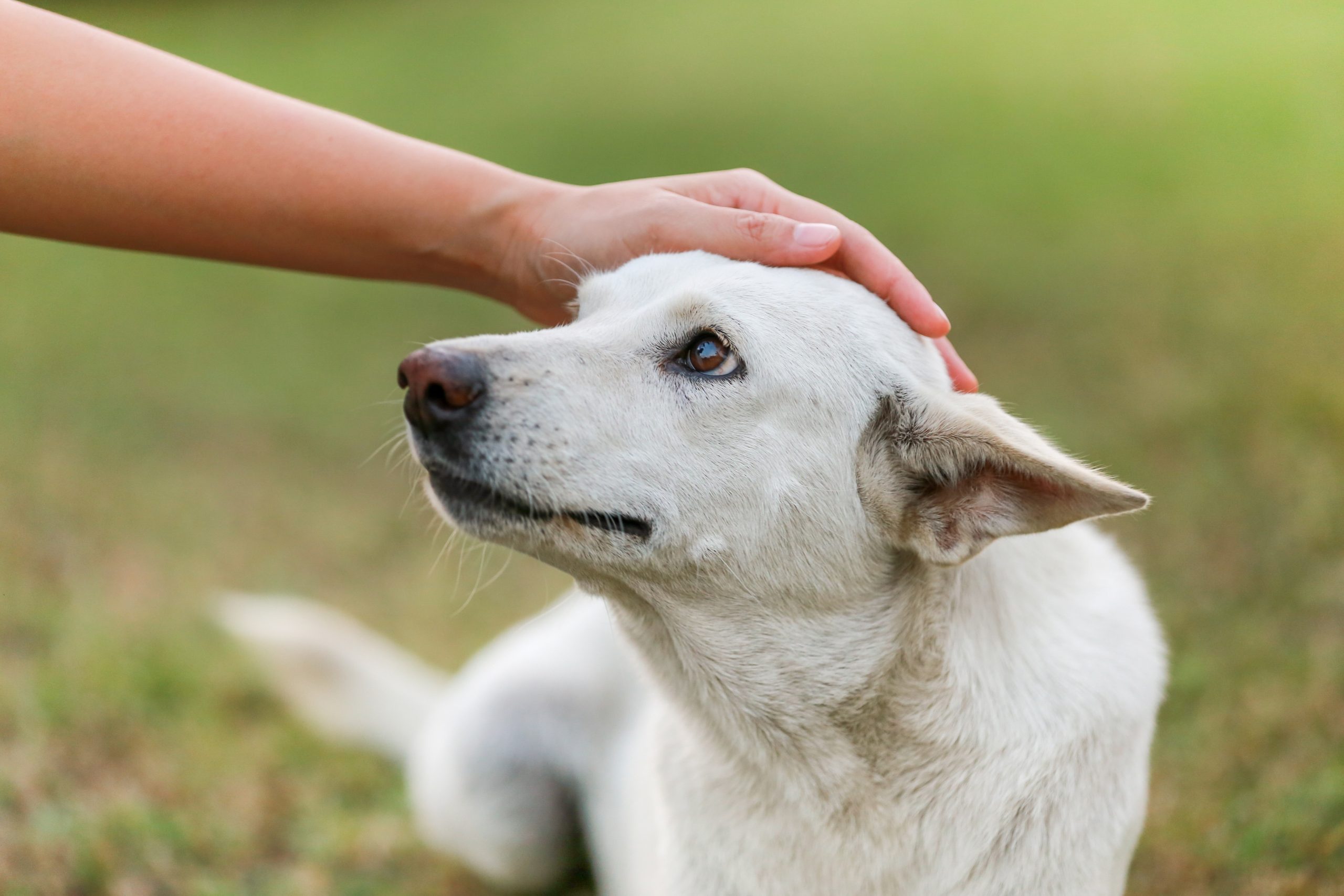 According to the United States Centers for Disease Control and Prevention (CDC), roughly 4.7 million victims are bitten by dogs throughout the United States annually. Most people do not realize how dangerous and even fatal being bitten by a stray dog can be. The CDC reported that there were over 60 reported cases of rabies amongst dogs in a recent year alone. If the laceration gets infected or the dog has rabies, it could give rise to severe health complications.
According to the United States Centers for Disease Control and Prevention (CDC), roughly 4.7 million victims are bitten by dogs throughout the United States annually. Most people do not realize how dangerous and even fatal being bitten by a stray dog can be. The CDC reported that there were over 60 reported cases of rabies amongst dogs in a recent year alone. If the laceration gets infected or the dog has rabies, it could give rise to severe health complications. 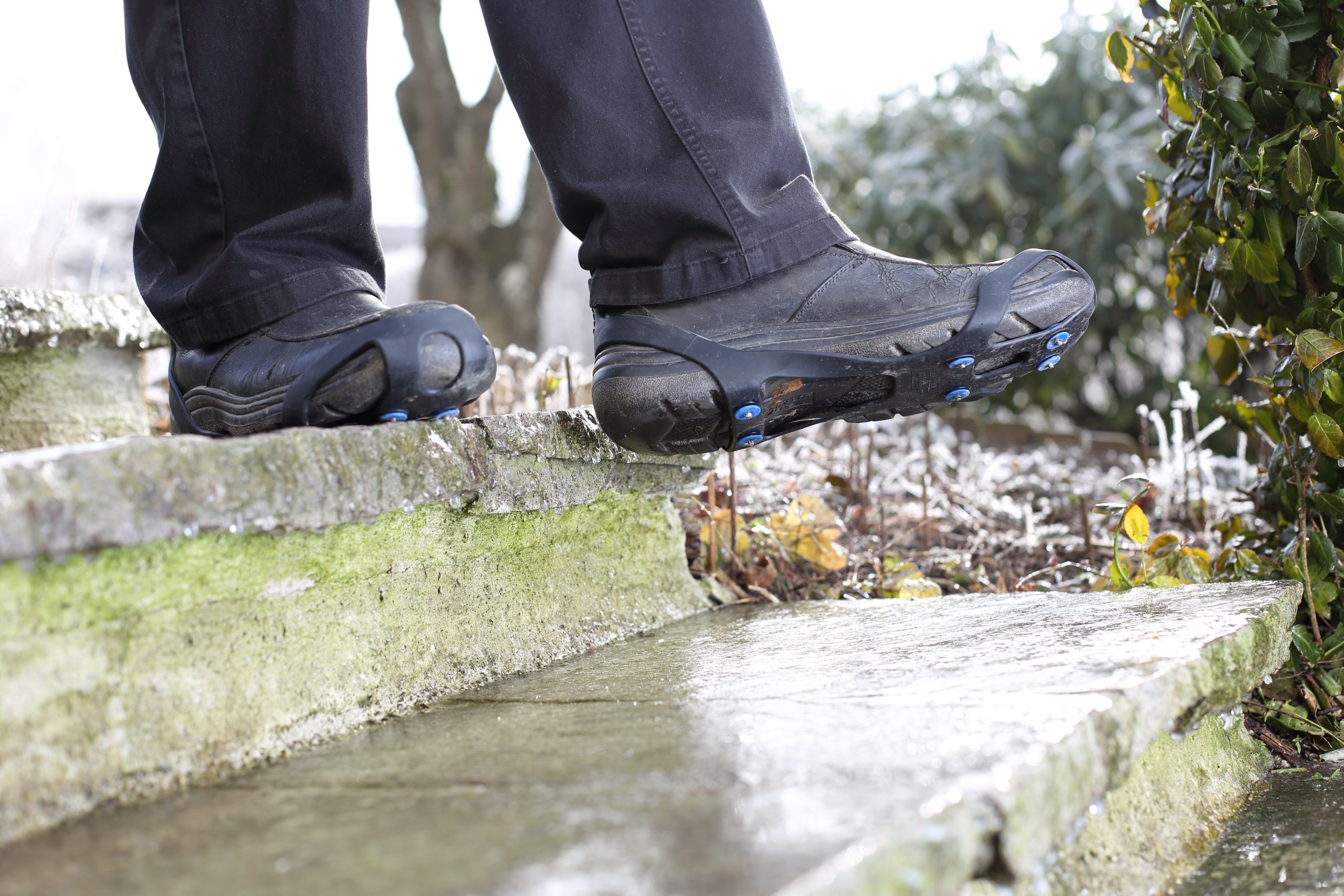 Each year, more than 8 million visits to emergency departments throughout the United States are caused by trips, slips, and falls. Accounting for 15 percent of all unintentional deaths, trips, slips, and falls are second only to car crashes. Additionally, falls are the primary cause of injury-related deaths for senior citizens. While a sudden fall may take you by surprise, the steps you take after your fall can significantly impact your ability to obtain reasonable compensation. Like most slip and fall victims, you might not know where to begin. In this blog, the Dietrich Law Firm P.C.’s battle-tested attorneys will discuss 6 crucial tips to protect you after a slip and fall.
Each year, more than 8 million visits to emergency departments throughout the United States are caused by trips, slips, and falls. Accounting for 15 percent of all unintentional deaths, trips, slips, and falls are second only to car crashes. Additionally, falls are the primary cause of injury-related deaths for senior citizens. While a sudden fall may take you by surprise, the steps you take after your fall can significantly impact your ability to obtain reasonable compensation. Like most slip and fall victims, you might not know where to begin. In this blog, the Dietrich Law Firm P.C.’s battle-tested attorneys will discuss 6 crucial tips to protect you after a slip and fall.  Everyone leads a hectic life from time to time, and it is easy to get caught up in our busy schedules. Consequently, many drivers find themselves in a rush behind the wheel to reach their destinations on time. Regardless of how late you are, avoiding driving faster than the speed limit is crucial. Speed limits are posted for the safety of everyone on the road. Driving too fast will not only put you in danger but also others in the area, such as your passengers, pedestrians, bicyclists, and occupants of other vehicles.
Everyone leads a hectic life from time to time, and it is easy to get caught up in our busy schedules. Consequently, many drivers find themselves in a rush behind the wheel to reach their destinations on time. Regardless of how late you are, avoiding driving faster than the speed limit is crucial. Speed limits are posted for the safety of everyone on the road. Driving too fast will not only put you in danger but also others in the area, such as your passengers, pedestrians, bicyclists, and occupants of other vehicles. 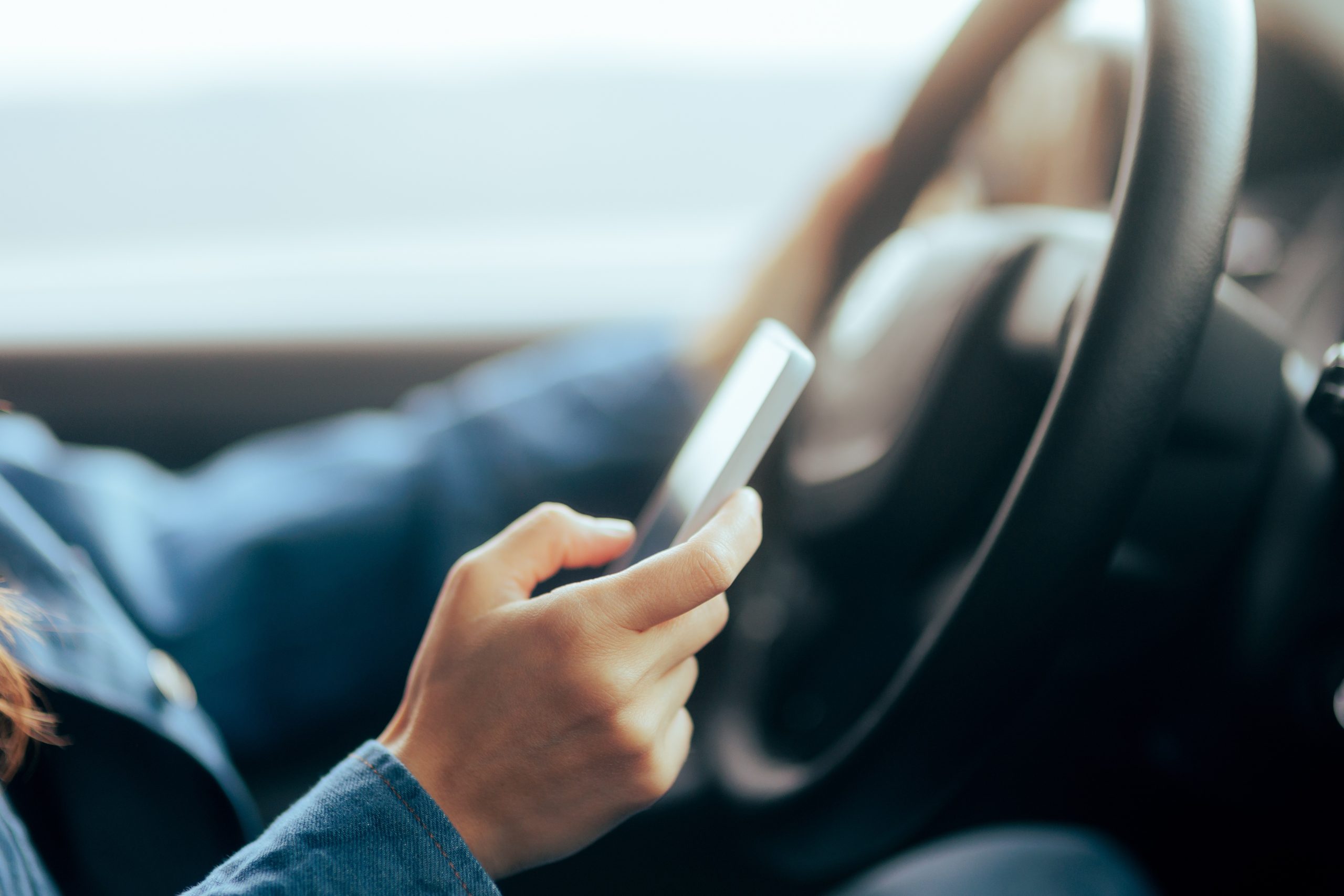 A fundamental rule lies at the heart of driving safely: unwavering attention to the road ahead. It’s a universally acknowledged truth that texting while driving can unleash a cascade of catastrophic events—wreaking havoc in the form of harrowing accidents, grievous injuries, and tragic loss of lives. We’ve all encountered those disconcerting moments behind the wheel, encountering fellow drivers whose focus seems adrift. Imagine the vehicle just ahead, swaying unpredictably. Despite your persistent horn blasts, the driver remains unperturbed. Frustration builds until you manage to overtake, only to catch a glimpse of the culprit—engrossed in texting on their phone. Does this unsettling scenario sound familiar?
A fundamental rule lies at the heart of driving safely: unwavering attention to the road ahead. It’s a universally acknowledged truth that texting while driving can unleash a cascade of catastrophic events—wreaking havoc in the form of harrowing accidents, grievous injuries, and tragic loss of lives. We’ve all encountered those disconcerting moments behind the wheel, encountering fellow drivers whose focus seems adrift. Imagine the vehicle just ahead, swaying unpredictably. Despite your persistent horn blasts, the driver remains unperturbed. Frustration builds until you manage to overtake, only to catch a glimpse of the culprit—engrossed in texting on their phone. Does this unsettling scenario sound familiar? Buckle up for a startling revelation: in the United States, a car accident occurs every minute, according to the National Highway Traffic Safety Administration (NHTSA). Collisions have stealthily climbed the ranks to become one of the top three leading causes of preventable injuries and deaths. From minor fender benders to heart-stopping head-on encounters, the aftermath of each car accident can unleash a devastating wave of severe bodily harm, psychological trauma, and emotional distress.
Buckle up for a startling revelation: in the United States, a car accident occurs every minute, according to the National Highway Traffic Safety Administration (NHTSA). Collisions have stealthily climbed the ranks to become one of the top three leading causes of preventable injuries and deaths. From minor fender benders to heart-stopping head-on encounters, the aftermath of each car accident can unleash a devastating wave of severe bodily harm, psychological trauma, and emotional distress.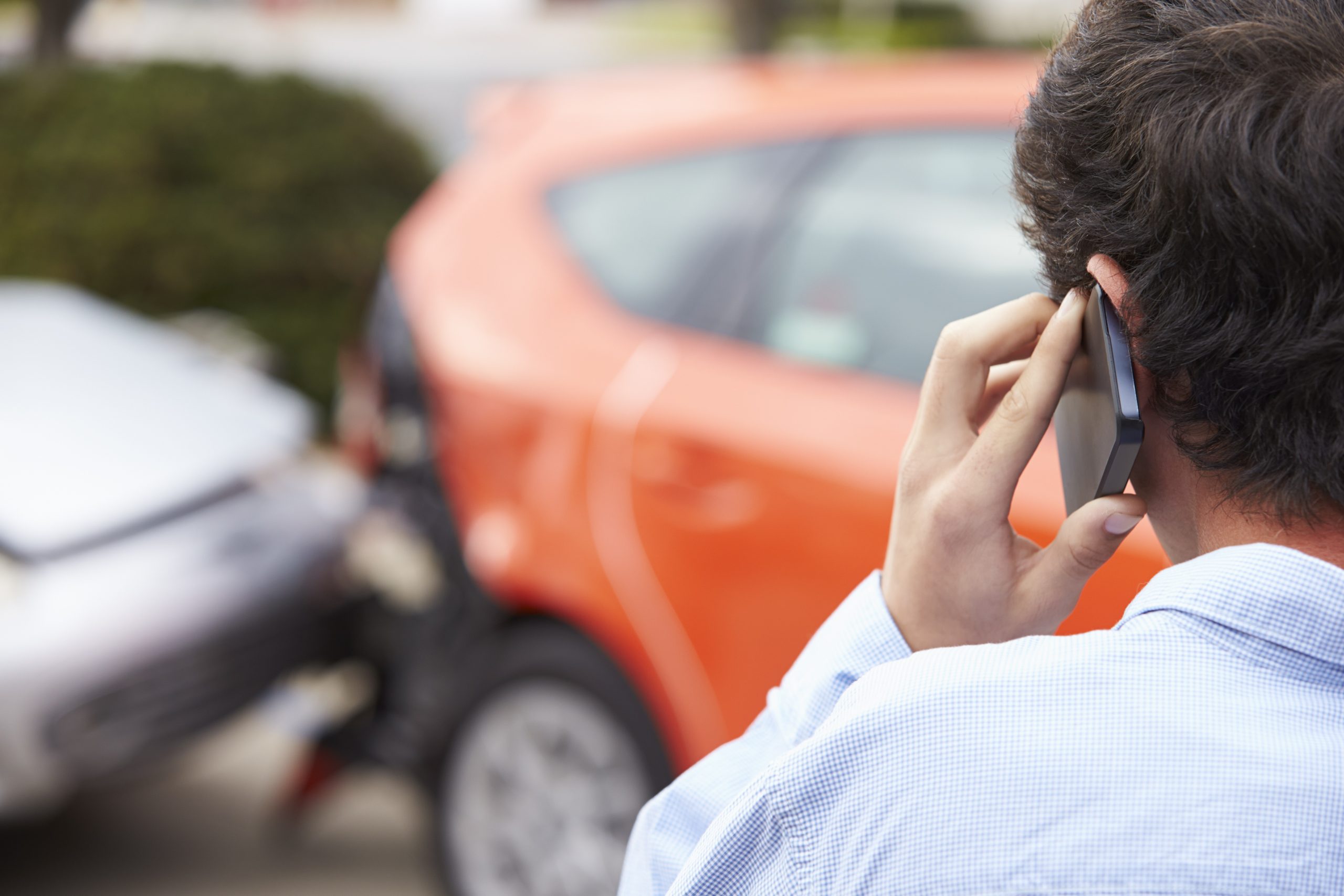 Millions of car accidents take place throughout the country each year. Unfortunately, many crashes result in costly property damage, severe personal injuries, and sometimes even wrongful death. The Dietrich Law Firm P.C.’s top rated car accident injury lawyers realize that getting into a collision can be a frightening ordeal. After being the victim of an accident, it is only natural to be confused, upset, and frightened. It is common to endure post-psychological shock symptoms, such as racing thoughts, heightened anxiety, panic, and increased heart rate.
Millions of car accidents take place throughout the country each year. Unfortunately, many crashes result in costly property damage, severe personal injuries, and sometimes even wrongful death. The Dietrich Law Firm P.C.’s top rated car accident injury lawyers realize that getting into a collision can be a frightening ordeal. After being the victim of an accident, it is only natural to be confused, upset, and frightened. It is common to endure post-psychological shock symptoms, such as racing thoughts, heightened anxiety, panic, and increased heart rate.